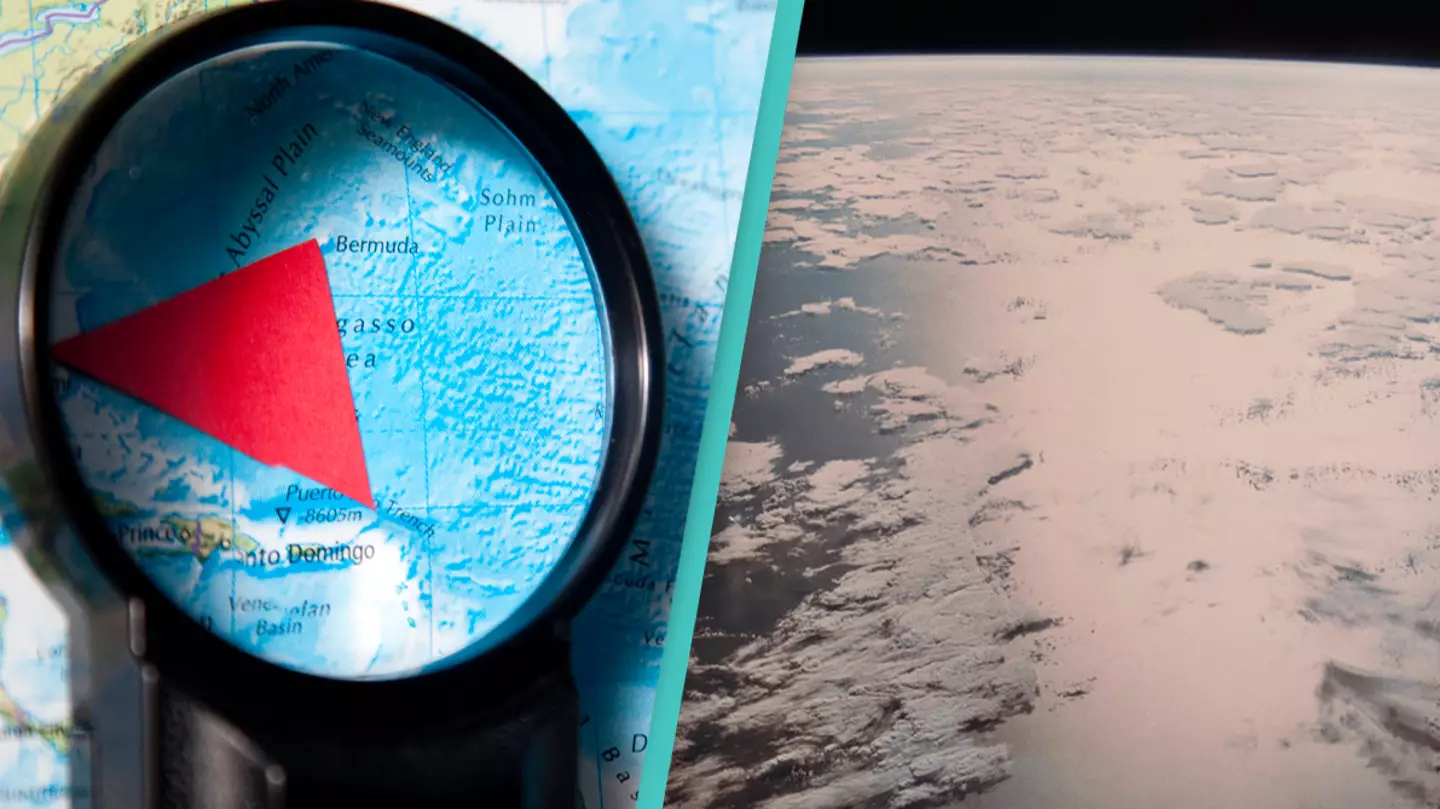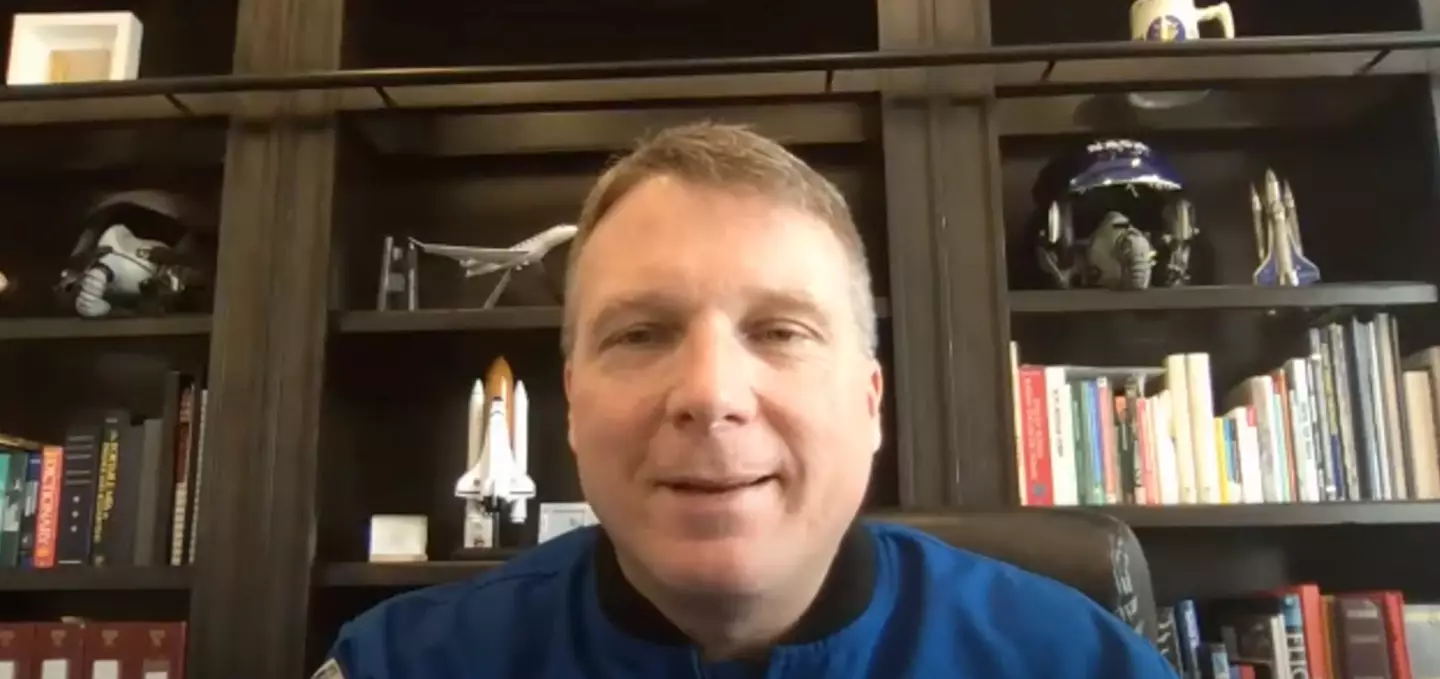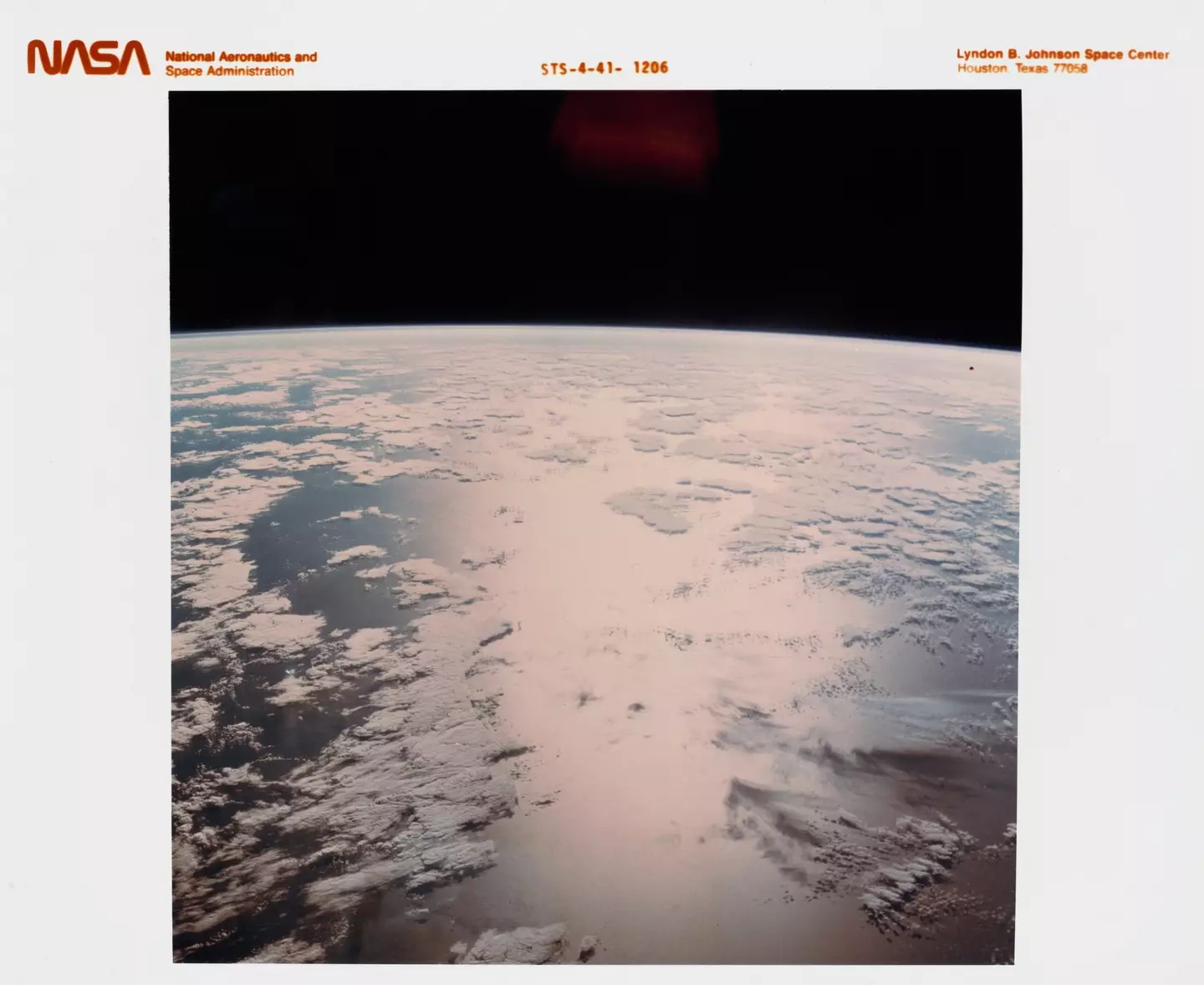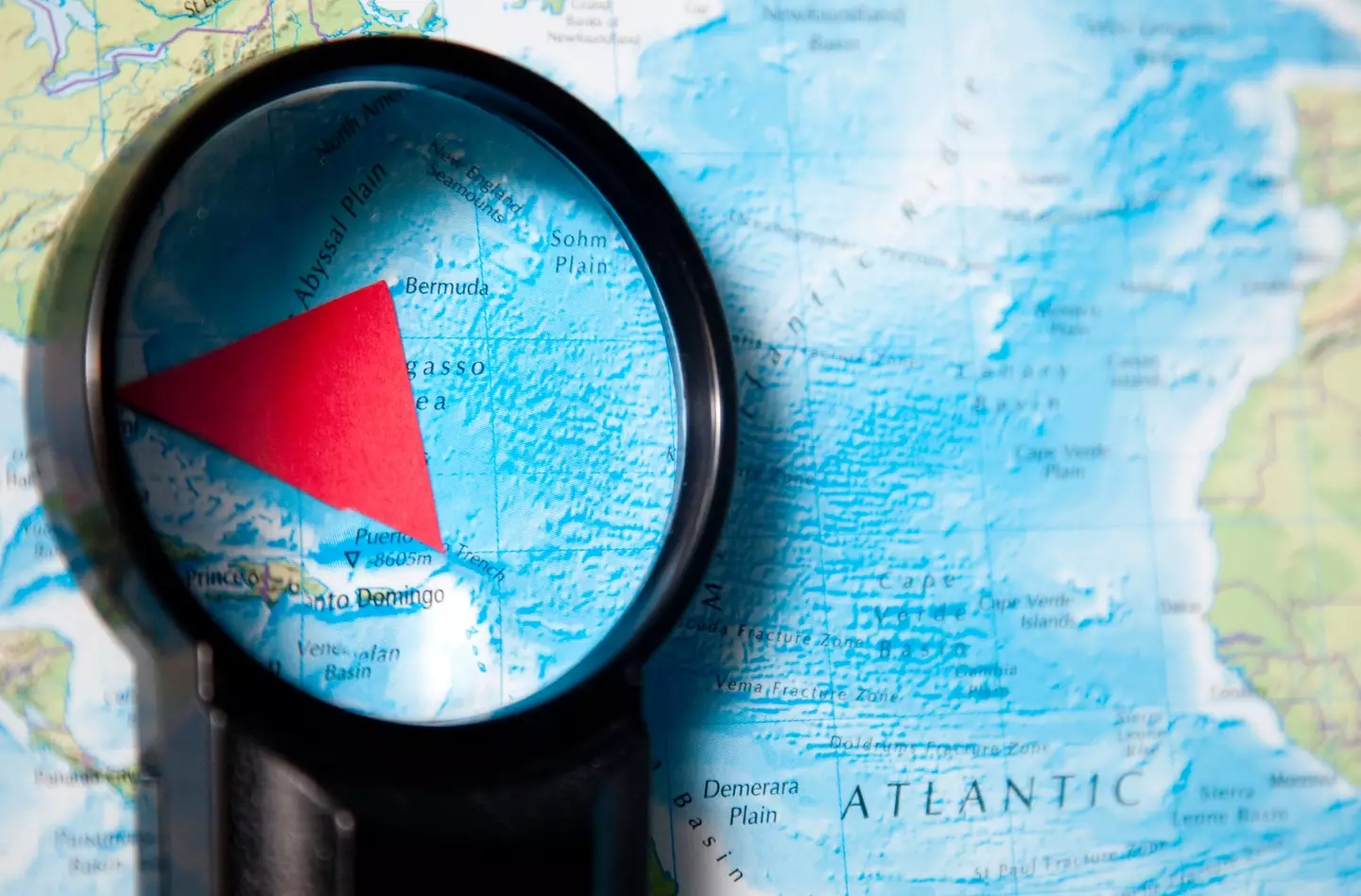
A former NASA astronaut has recalled the incredible details from the time they flew through the 'Bermuda Triangle of space'.
Space anomalies are something most of us won’t experience but for one astronaut, this experience became one of their most memorable and shocking.
Terry Virts, 55, was selected as a Space Shuttle pilot by NASA in 2000 after serving in the United States Air Force.
Advert
His first spaceflight happened on February 8, 2010 when he was on board the Space Shuttle Endeavour. On the fifth night of the mission, things took a drastic turn as he encountered strange phenomena.

Known colloquially as ‘the Bermuda Triangle of space’, Virts witnessed what is officially known as the South Atlantic Anomaly (SAA), which is a combination of a massive flash of light without any sound.
Not only is the SAA an odd sight to behold, it also wreaks havoc on computers nearby and exposes humans close by to higher radiation levels, hence the nickname.
Advert
In an interview with the BBC, Virts explained what Van Allen radiation belts are to help us understand the SAA.
"I… closed my eyes and boom! This gigantic white, blinding flash happened in my eyes – and I didn’t hear anything," Virts said.
“We have an acronym for everything at NASA. And these are SEU’s – single event upsets. It just means your computer hiccups and it happens fairly often."
Van Allen radiation belts are two enormous doughnut-shaped areas of charged particles that surround the Earth. They are held in place by our planet’s magnetic field.

Virts said: “The Sun puts out a huge amount of radiation and a lot of it is particles like electrons shot off the Sun’s surface… All of this material gets shot out in space and the Sun’s magnetic field can bend it.
Advert
"When it gets to Earth, it gets trapped in our magnetic field and forms these radiation belts out in space.”
Earth’s Van Allen belts protect the planet from the highly charged electronic particles thrown from the sun - but there’s a catch.
Here’s something that may come as a surprise to people. Earth is not perfectly round, but before the flat Earthers celebrate, while the planet is spherical, it bulges out more at the equator than at the poles, which is caused by the centrifugal force created by its constant rotation.
Its magnetic poles aren’t completely in line with its geographical poles, meaning it is tilted and therefore the Van Allen belts are also tilted.

The SAA occurs where the inner Van Allen radiation belt is at its lowest altitude, and therefore at its closest point to Earth.
Advert
Because of the tilt, the magnetic field is at its strongest in the North, which leaves the area above the South Atlantic and Brazil in the direct path of the Van Allen belt.
Although it’s not dangerous to Earth, satellites and other spacecraft, such as the international Space Station (ISS) that pass through the area aren’t as lucky. The same can be said for the people on board, which Virts knows all too well.
“You want to kind of get through there as fast as you can on the way to the Moon, or wherever you’re going,” he said.
Spacecraft passengers protect themselves from radiation with water, which is the best shield. On the ISS the astronauts use a ‘water wall’ which is ‘just a bunch of these big 50lb water bags’.
Advert
Each astronaut carries a radiation monitor and radiation levels are closely monitored for the duration of space missions.
Topics: Space, International Space Station, NASA, News
